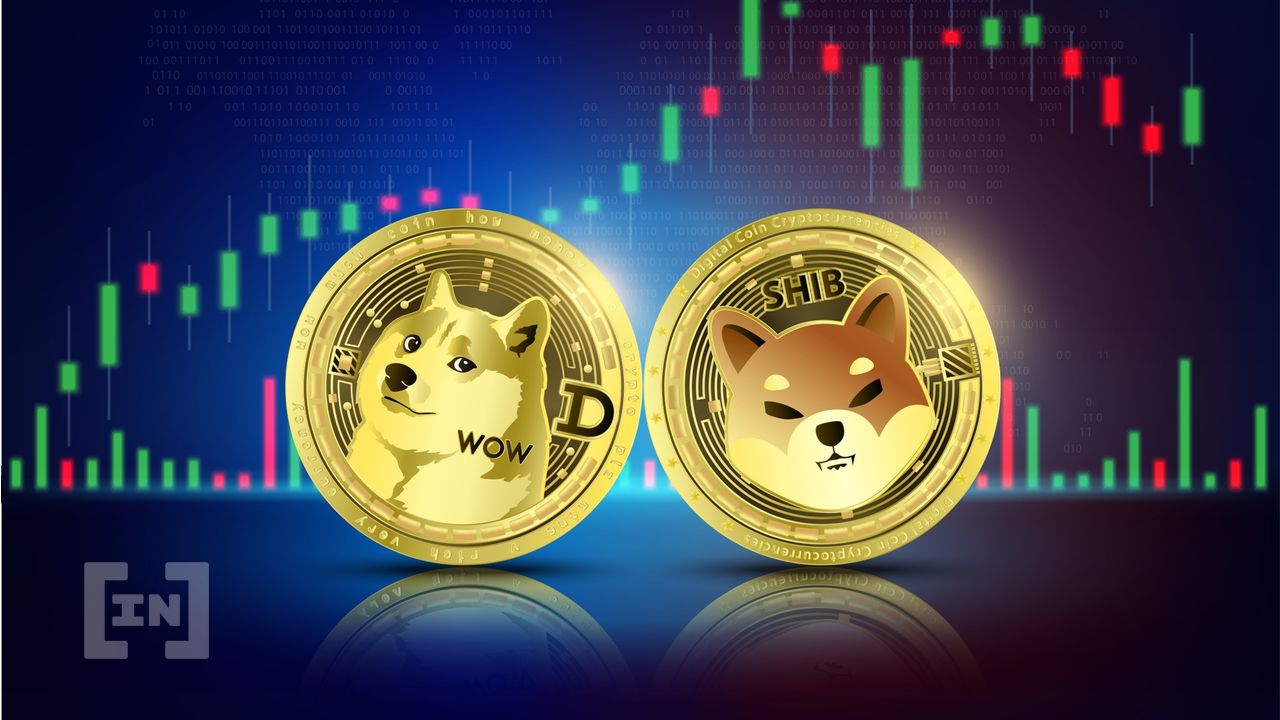Shiba Inu has entered the Metaverse with LEASH, the native token of its yet-to-be-released virtual realm, shooting up 40%. Dubbed “Doge Killer” by its own developers, LEASH is just one among many crypto memes that drew millions of dollars in investment.
Imagine watching all this extravaganza as an outside observer: all the dog imagery, the space rockets, the Moon, with a market cap counting in millions. Pretty insane, huh?
Memecoin critics often dismiss them as nothing more than a pump-and-dump scheme rooted in absurdity, and quite a few actually are. But for many meme coins, there is more to a meme than a simple joke. Memes act as a form of marketing for them, generating more buzz around their token, but not working as its entire selling point.
It’s important to note that memes aren’t a crypto-exclusive marketing tool. Meme-marketing becomes increasingly relevant as Millennials and Generation Z earn more money to spend. To engage with customers, companies need to speak their language, and for the next generations of consumers, that language is memes.
Memes and marketing
Coined from Richard Dawkins’ 1976 book “The Selfish Gene,” the original definition of a meme was an idea, behavior, or style that spreads from person to person within a culture. Memes garner attention and spread ideas across various industries.
Clothing giants, such as Gucci, have already jumped on this idea by using memes on social media to promote their products and engage their audience. On the food-industry front, Chipotle joined the meme trend by slapping a cute face on their guacamole bringing attention to their cheap prices. Even Netflix is known for posting memes poking fun at their characters in order to promote their content along with many other companies.
What differentiates the meme-driven advertising in crypto is the unique community that rallies around them. The crypto industry has developed its own meme dialect, incorporating some of the popular non-crypto memes, as does the famous Dogecoin, while giving birth to its own meme-driven imagery. The crypto sphere’s famous greed-driven rallying cry, “To the Moon,’ apparently even plays a role in shaping marketing strategies and even names. 2TM, the parent company of Brazil’s largest crypto exchange, Mercado Bitcoin, is named after the slogan.
Understanding the crypto meme culture is key to the success of every crypto project, regardless of whether it’s meant as a meme or a groundbreaking solution to a real-world problem.
Not all memes are created equal
But be warned, not every meme-driven coin ends in success—far from it. Some of them, like the infamous Squid Coin, proved to be nothing but a scam capitalizing on a popular cultural trend. The opposite is true as well: Not all meme coins have absolutely nothing to offer but the meme. Memes aren’t all that Gucci, Chipotle, and Netflix are selling to you, but they are their language of choice for getting the messaging across. The same goes for many crypto projects.
There’s an important distinction that needs to be made between the two kinds of projects who issue meme coins. Some developer teams want nothing but a bandwagon to jump on, while others use memes to connect with their community in a language they relate to.
Dogecoin, the undisputed king of the meme coin degens, capitalizes on meme imagery but offers little utility beyond that. Other coins dig deeper, past the Internet lore, and offer real utility, like Oz Finance’s TOTOZ token. Using Wizard of Oz themes to describe its own mobility-focused vision, it also offers users residential status in special economic zones across the globe.
Other tokens, like RichQuack, mock those who view crypto as a get-rich-quick scheme and try to promote sustainability: The project recently announced plans for launching Earthling, an incubated project helping end deforestation. By rallying around shared ideas, these token communities flourish.
Not all memes offer real utility and mostly serve the profit of their makers, who are looking to cash in on a momentous online trend or joke. But other projects use memes as a savvy marketing tool, just like mainstream companies do.
Disclaimer
In compliance with the Trust Project guidelines, this opinion article presents the author’s perspective and may not necessarily reflect the views of BeInCrypto. BeInCrypto remains committed to transparent reporting and upholding the highest standards of journalism. Readers are advised to verify information independently and consult with a professional before making decisions based on this content. Please note that our Terms and Conditions, Privacy Policy, and Disclaimers have been updated.



